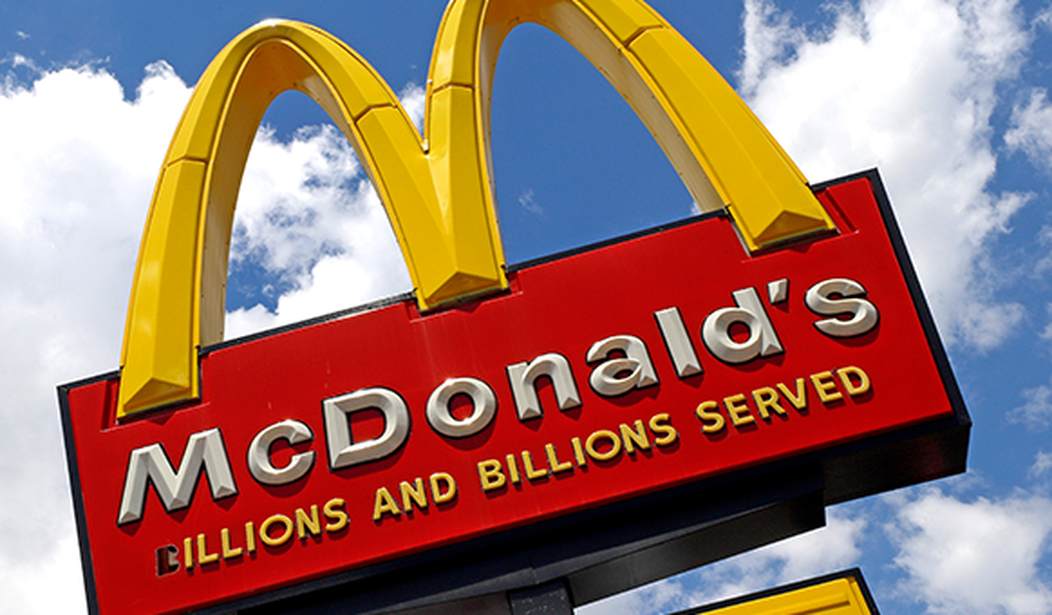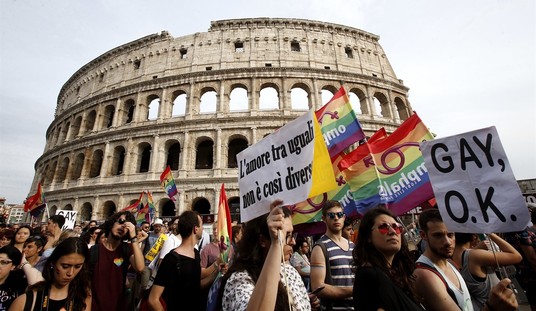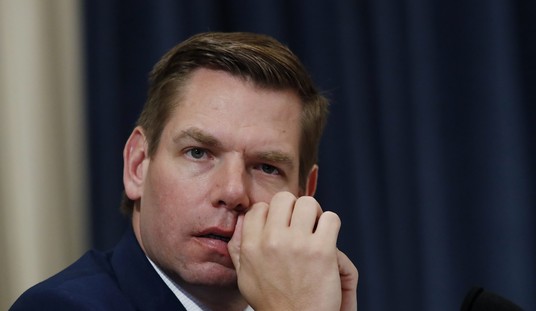In the last decade, fast food chains have in some cases seen a more than double price increase on their top-selling items such as combo meals, a recent USA Today analysis found. But based on the location, prices vary substantially. And while MSNBC tries to convince Americans that all on the economic front is fine because people can still buy a $3 breakfast at Wendy’s, it’s not working because most have experienced the inflationary prices firsthand. Fast food prices have outpaced general inflation over the last decade, which explains the findings of a new poll from LendingTree.
According to the survey, 78 percent now see fast-food as a “luxury.” This number climbs even higher, topping 80 percent, for those with children and people earning under $30,000 per year.
We asked our respondents if they agreed with the following statement: “Fast food has gotten more expensive, and I now view it as a luxury.” Nearly 8 in 10 respondents (78%) say yes. That percentage hit 80% or higher among those making less than $30,000 a year (83%), parents with kids 18 or older (82%), Gen Xers (81%) and women and parents with kids younger than 18 (both at 80%).
We then asked people if they agreed with a slightly different statement: “Fast food is a luxury for me because I’m struggling financially.” Half of respondents agree with that, with lower-income Americans, parents of young children, Gen Zers and women leading the way.
While the first statement is more about looking at rising fast food prices in a vacuum, the second is about viewing fast food as a whole through the prism of their financial situation.
The results make clear, regardless of the context, that most Americans now see fast food as a luxury. That’s a new phenomenon. Yes, there have always been groups of Americans who might have viewed fast food that way because of their financial struggles. However, for the vast majority of Americans to feel that way seems like a significant cultural shift, and a troubling sign. (LendingTree)
While some fast food chains are working on a $5 value meal, they're also looking out for their bottom lines.
McDonald’s remains on course to remove self-serve soft drink fountains from its restaurants by the beginning of the next decade, and is letting franchisees charge for refills if they choose.
Analysts also think self-order kiosks and more automation behind the counter are inevitable to stabilize prices.
“You’re already seeing it with the kiosk ordering in a number of the different locations that are out there,” franchise consultant Nick Neonakis told NewsNation. “Behind the line where the food is being made, that’s the next thing that you’re going to see: Robotic burger flipping, robotic fries and so on.” (The Hill)
The LendingTree survey of 2,025 U.S. consumers was conducted from April 1-4, 2024.
























